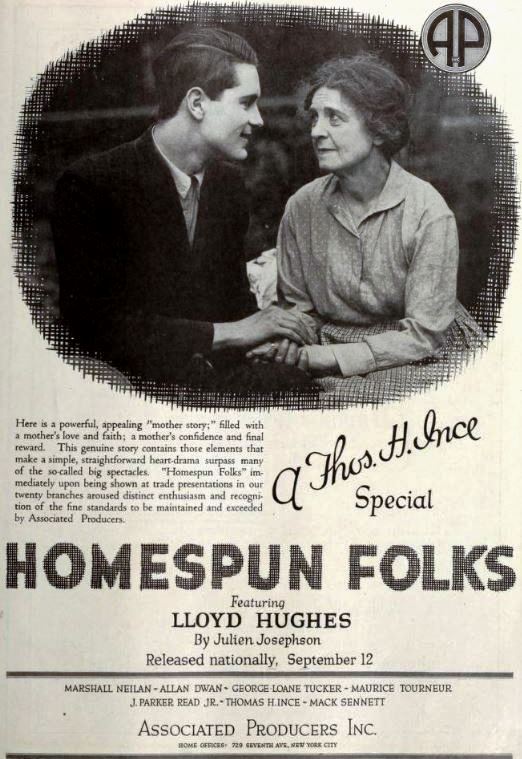On this day in 1920 it became clear that Carranza had been ousted from control in Mexico, the price he paid for trying to dictate who his successor would be. Mexican rebels were now in control of 25 of 28 Mexican states.
We'll play out the story of Carranza, a major figure in Mexican history, over the next few days. Suffice it to say, however, it's hard to feel sorry for him. He was a haughty arrogant person who was responsible, if indirectly, for the demise of one of the most admirable figures of the Mexican Revolution, Emiliano Zapata, and now his story was playing out like that of those whom he'd replaced.
The pattern was also set by these events, although it had been by prior ones as well. The Mexican Revolution was consuming itself.
Another place where a revolution was going on, Ireland, saw an attempt at reviving home rule as a solution when a bill to restore an Irish parliament was considered in London. That bill was defeated.
Ireland had its own parliament from 1297 until 1800, so in considering the bill, the British parliament was considering reviving an institution, on a wider grounds, that had ceased to exist 120 years prior with the Act of Union.
Irish history is really complicated, but the creation of the first Irish parliament really reflected the Anglo Norman ascendency in the country. Ireland had no unity prior to the Norman invasion of the island and the Normans looked to the English crown for protection. Over time the native Irish came to increasingly ignore the Anglo Normans and their parliament and as a result in 1494 the Irish parliament subordinated itself to the English one, effectively acknowledging English rule. Following that, in 1541 English King Henry VIII, apparently not content with making a mess of things in England, declared a separate Irish Kingdom with himself at the head and began the long English attempt to dominate England and protestantise it. That ultimately resulted in laws that banned Catholics, which the overwhelming majority of Irish were (and are), from occupying various professions, including that of parliamentarian, although the story is complicated as it did not occur all at once and things went back and forth over a long period of time in that context.
Oddly, Ireland was granted legislative independence in 1782, only to be joined to the British state in 1800 with the Act of Union. That eliminated the Irish parliament. It didn't in any fashion end the complaints of the common Irish and even more of the more prominent Irish, who suffered under discriminatory legislation and second class citizen status. Revolutionary movements sought to remove the English throughout the 19th Century and movements in Ireland and England were seriously considering "home rule" by the turn of that century. That direction was firmly dominant just prior to World War One when the war put an end to the discussions, leaving Irish republicans ascendant. Following the war the Anglo Irish War broke out and by this date in 1920 discussions on home rule were really too late.
In the US a drama was really playing out between Josephus Daniels and Admiral William Sims which dated back to Sims accusations that the US had not been prepared for the war. While this controversy resulted in a lot of dramatic headlines at the time, Sims would emerge with an unscathed reputation and go on to a second tour as head of the Naval War College.
On this day the 1920s image of young women acquired a name.
Washington Post Photo, Miss Elizabeth Burrnett wearing sash with a barrel labeled "Fill the Barrel" for Salvation Army fundraising campaign. May 10, 1920.
Women's styles, and the presentation of young women in image, had been changing rapidly following World War One and probably at least partially due to it. We've noted before that World War One saw a large percentage of women go to work to support the war and following the war there was a society wide restlessness that expressed itself in all things. One thing that really was new was the concept of a young woman on her own.
It's really odd how this entire image has been morphed into "it was because of World War Two" when, at the same time, the events of the Roaring Twenties are really well known. We'll look at it elsewhere, but on this day the new on their own women acquired the nickname "flapper".
The movie has a fairly typical melodramatic plot for the time involving a flirtatious 16 year old girl at a private school who passes herself off as being 20. Probably not worth bothering with.




















